Apple iPad Pro M5 review: a light-speed laptop alternative
The iPad Pro M5 is extremely fast, while being smaller and lighter than most professional laptops, but it’s not a replacement

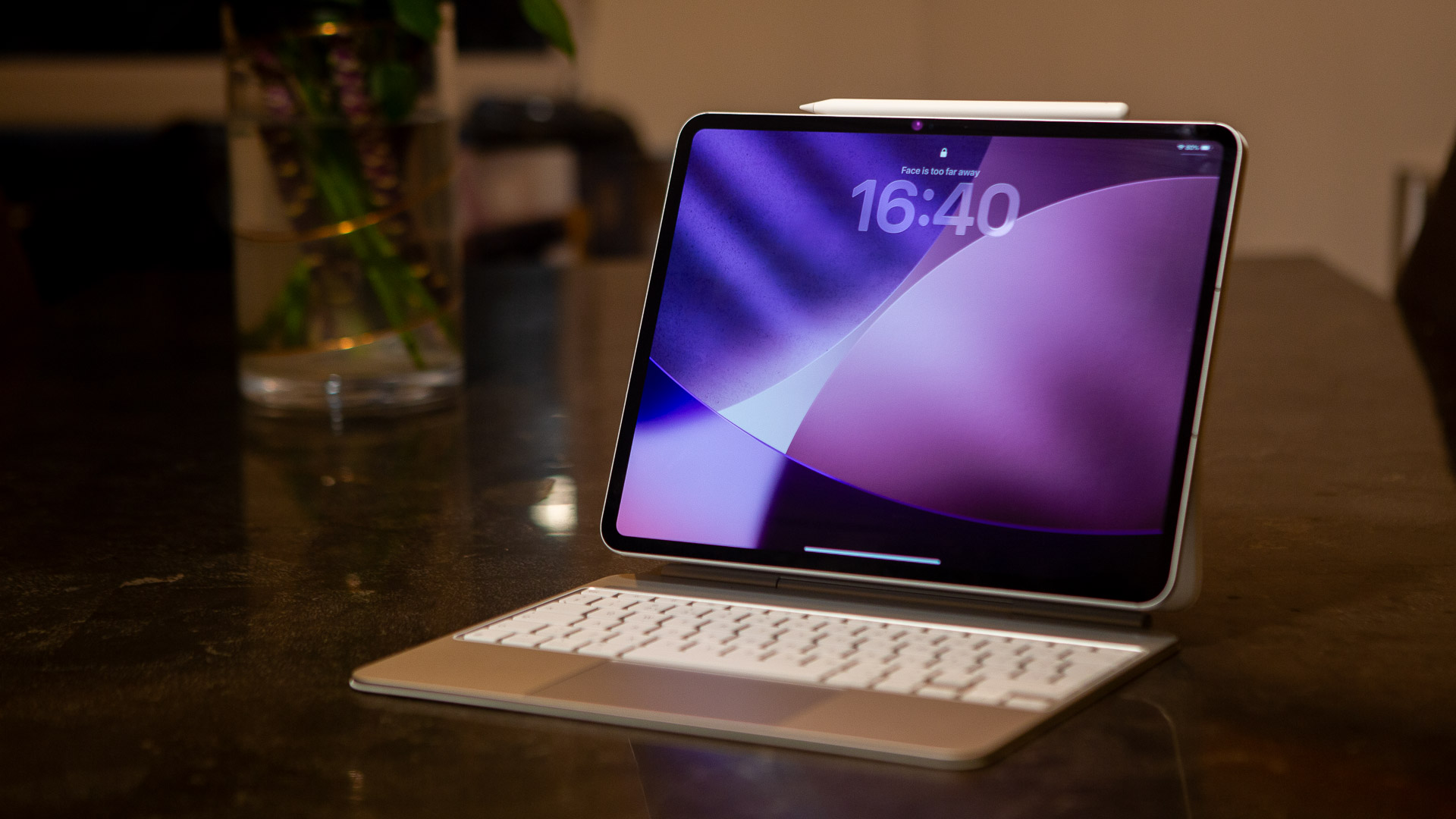
While little has changed in the look and feel of this iPad compared to the M4 model, little needed changing. The boost in speed is significant, though, especially in terms of graphics and AI processing. If you need a lightweight but powerful machine on the move, this is hard to beat.
-
+
The M5 chip is even faster
-
+
Stunning OLED display
-
+
The best tablet money can buy
-
-
Best CPU and RAM options only available for 1TB and 2TB models
-
-
iPadOS is still restrictive
-
-
Few will realise its potential
Why you can trust T3

Can you really replace your laptop with a tablet? For most users these days, the answer is undoubtedly yes, but for professional use, it’s not always that clear-cut. The latest iPad Pro models now run Apple’s M5 chip, making them considerably faster than all but a few MacBook Pro models (basically any Pro or Max chip versions). But it’s a very different offering from the new MacBook Pro that also runs an M5 chip.
While in the past, I’ve looked at the iPad Pro as a MacBook replacement, and I still feel for many it can be, in this review, I want to look at what this tablet can offer the professional user. Using professional tools doesn’t need to be a choice of one device over another, as there can be a place for both. I like to use the Mac Studio at home rather than a MacBook Pro, but on the move, the MacBook Pro makes more sense, and for some trips, I’d opt for the best iPad over that.
There’s now a wide range of iPads to choose between, from the base-level 11-inch iPad, with the A16 chip and the 8.3-inch iPad mini with the A17 chip, to the 11-inch and 13-inch versions of the iPad Air, which run the M3 chip, and now the new iPad Pro with its M5. This flagship model also comes in both 11-inch and 13-inch sizes, depending on your needs. That’s six models in total, each with its own advantages and price points.
Being the flagship model, the iPad Pro offers the best specs, whether you opt for the 11 or 13-inch version. For this review, I tested the 13-inch model, though for portability, the 11-inch model is easier to slip into a small bag and to use on a cramped train or plane seat. If you have more space and more room in your bag, the 13-inch makes sense.
How much is the iPad Pro M5?
The iPad Pro M5 was first announced on 15 October 2025 and went on sale on 22 October 2025. Prices for the 11-inch model start from £999 / $999, which is AU$1699 in Australia and €1099 in Europe. The 13-inch model starts from £1299 / $1299, which is AU$2199 in Australia and €1449 in Europe.
Both versions are available in silver or space black finishes and with storage capacities of either 256GB, 512GB, 1TB or 2TB. The 1TB and 2TB models actually feature a more powerful chip and offer the choice of a nano-texture glass display for an extra £100 / $100. You can also choose to add a cellular connection to any of the iPad Pro models for an additional £200 / $200, giving you a data connection on the move without having to rely on WiFi.
Fully specced, you can pay up to £2299 / $2299 (AU$4499 / € 039) for the 13-inch iPad, which is still cheaper than the equivalent MacBook Pro model. The model I tested was the 13-inch iPad Pro with 1TB storage and WiFi + Cellular connection. I paired this with the latest Magic Keyboard for iPad Pro and the Apple Pencil Pro, taking the total price to £2577.
Get all the latest news, reviews, deals and buying guides on gorgeous tech, home and active products from the T3 experts
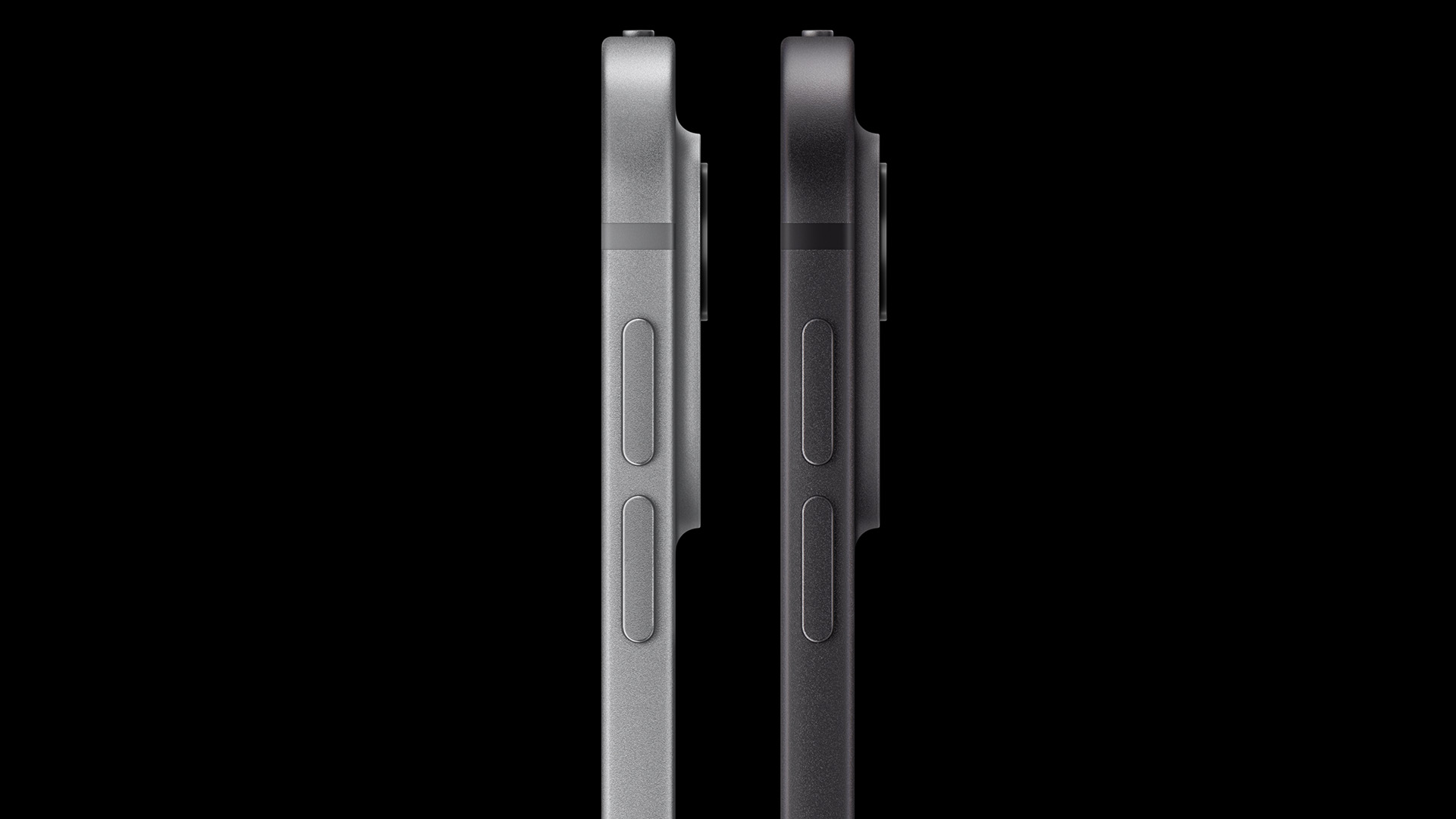
What's new on the iPad Pro M5?
The design of the iPad Pro hasn’t changed from the previous iPad Pro M4. The 13-inch model remains 281.6mm (11.09in) x 215.5mm (8.48in) in height and width with a 5.1mm (0.2inch) thickness. Even the weight stays at 579 grams (1.28lbs) for the WiFi model, or 582 grams (1.28lbs) for the cellular model. And despite having larger bezels, the overall size remains slightly smaller than a MacBook Air 13 and weighs considerably less – at least, without the keyboard attachment.
There’s a 12MP Centre Stage camera on the front, placed on the long side, making it ideal for video calls in landscape mode. And on the rear is a 12MP wide-angle camera that also shoots 4K video with an option for ProRes format. The USB-C connector, used for charging, has support for Thunderbolt or USB 4 speeds, and there’s support for both the Apple Pencil Pro and the Apple Pencil USB-C for writing, sketching or doodling.
Not everything is the same, though. The iPad Pro M5 now uses Apple’s own N1 wireless networking chip, which gives you WiFi 7 rather than WiFi 6E connectivity and the latest Bluetooth 6 rather than 5.3. Plus, if you opt for the model with WiFi and cellular, you also get Apple’s C1X chip for the modem. This requires an eSIM, as like the previous model, there’s no SIM slot.
The biggest change, though, is the upgrade to the new M5 chip. This latest Apple Silicon is built on its third generation of 3-nanometer technology, encompassing the CPU, GPU, the Neural Engine for AI, memory and the display controller. There are two different versions of the chip for the iPad Pro.
The models with the 256GB and 512GB storage get a 9-core CPU, featuring three performance cores and six efficiency cores, while the 1TB and 2TB models get a 10-core CPU with four performance cores and six efficiency cores. The 1TB and 2TB models also get an increase in memory, with 16GB RAM compared to 12GB on the lower storage versions.
All models get a 10-core GPU with ray-tracing and the 16-core neural engine, though. The 10-core CPU model appears to be the same as featured on the MacBook Pro M5, though, of course, you can upgrade the memory to 32GB with the MacBook. This is similar to the split on the M4 model, though the base level 12GB RAM is an increase from the former 8GB.

Display
If there’s one thing that really sets the iPad Pro apart from the iPad Air, it’s the quality of the display. Even though there is now an even bigger gap in performance between the Air and Pro models, the Ultra Retina XDR display on the iPad Pro M5 is something special.
While this hasn’t changed from the M4 model, the tandem OLED technology produces brighter colours while using less power per diode. It layers two OLED displays over the top of each other to achieve this and results in 1000 nits of max brightness for standard content or up to 1600 nits peak for HDR content.
This iPad Pro display also uses ProMotion technology, meaning it has an adaptable refresh rate of up to 120Hz. This provides smoother performance for gaming, editing and just general browsing.
There’s also the option here to choose the Nano-texture display option when purchasing the 1TB or 2TB models. This drastically reduces screen glare, making it ideal for use in bright or outdoor environments, where screen accuracy is important. It gives the screen a matte-like effect that almost makes images look more realistic, while still delivering on colour and contrast.
The model I tested didn’t feature the nano-texture display, but the display looked incredible. I tried watching some of Apple TV’s finest on it, including the latest series of Slow Horses and The Morning Show. Not only do the colours look rich, the detail is simply incredible. The same goes when viewing and editing pictures and videos, or playing games such as Diablo Immortal and Civilization VI.
One additional impressive display feature is the ability to connect to external displays at up to 120Hz at 4K. It can support up to 6K resolution at 60Hz, making it perfect to pair with the Apple Studio display, turning the iPad Pro into a very capable desktop machine. A USB-C lead is needed to take advantage of the 120Hz setting.
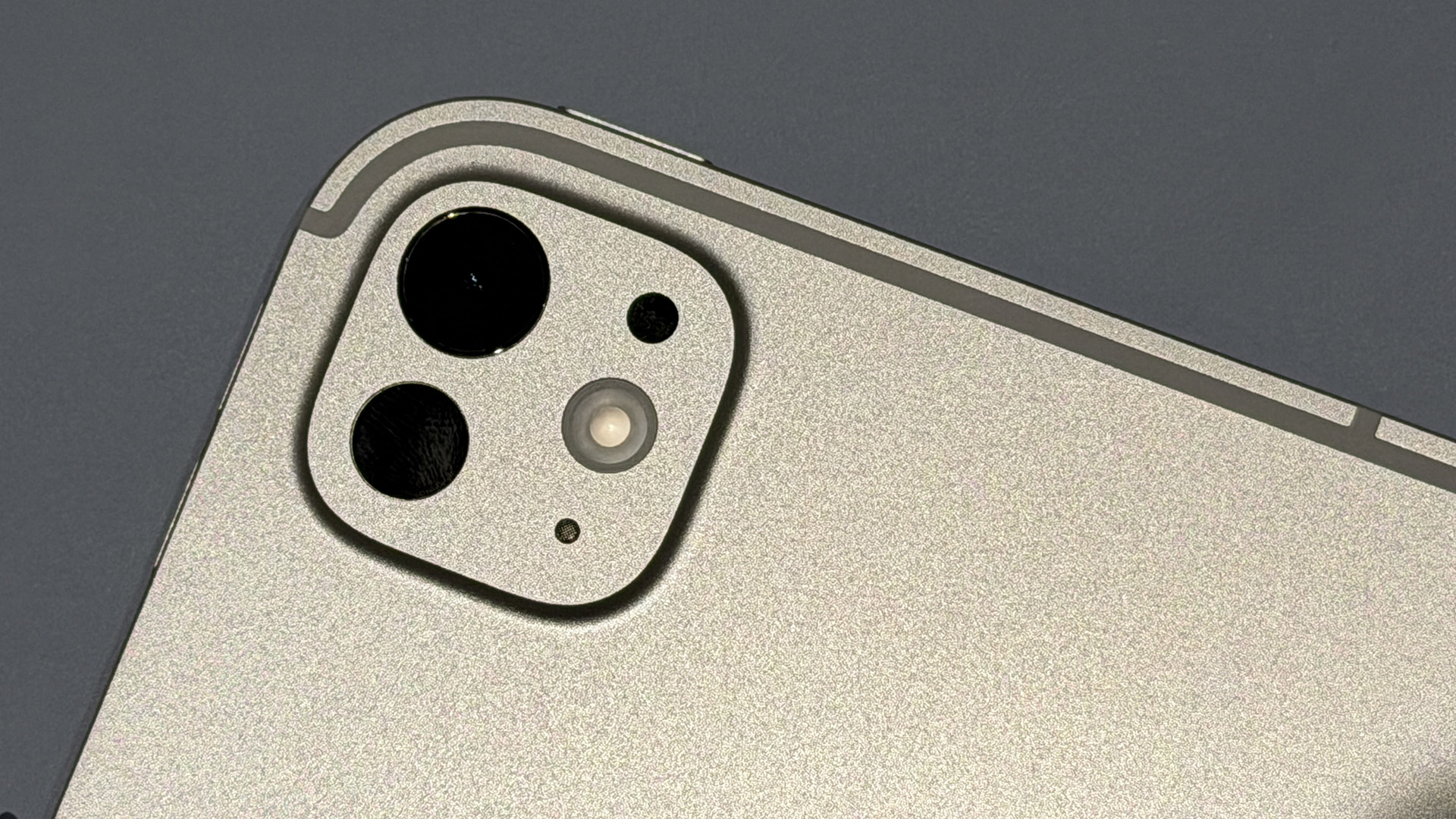
Camera
There are two 12MP cameras on the iPad Pro, one on the front and one on the back. Both cameras are capable of shooting still images and video, though the rear camera offers 4K video and appears to be the slightly better quality.
While you absolutely could shoot photos and video with your iPad Pro, the rear camera is perhaps most useful for scanning documents, and offers a special mode that automatically straightens them before saving.
The front camera is likely to take up more of the grunt work, especially if you regularly use your iPad for video calls. This is helpfully mounted on the long side of the iPad, so it sits centrally for these calls when the device is placed in landscape format.
It features Apple’s Centre Stage technology, which tracks your face and then zooms in our out to better frame you. The camera is actually really wide, so if needed, it could fit lots of people in the shot, but for solo calls, it’s zoomed in and only using a small section of the sensor. Given the new 18MP front camera on the new iPhone 17 Pro models, it’s a shame this front camera didn’t get a similar upgrade, as that really made a difference for both video and still images.

Performance and battery life
As the biggest change in the iPad Pro M5 it feels only right to determine just how much faster it is than the M4 edition. To use day-to-day, it feels very rapid indeed, but then so did the M4.
As I mentioned before, like the M4 edition, there are two versions of the M5 chip for the iPad Pro M5. The one I was testing is the 10-core CPU, 10-core GPU model, with the 16GB RAM, as I was using the 1TB model. However, if you buy either the 256GB or the 512GB, you get the 9-core CPU version with 12GB RAM, which is still a big jump from the base-level M4 model, which has only 8GB RAM.
Using the Geekbench 6 benchmark, the new iPad Pro M5 has a multi-core score of 15,970, which is a 10% increase over the M4. That’s also a similar result to a MacBook Pro running an M3 Pro chip.
Looking at the graphics processor (GPU) the iPad Pro M5 scored 74192. This is around a 36% increase on the M4 models and also compares well to some MacBook Pros with M3 Pro chips. This is a huge increase, and just shows the progression rate of Apple Silicon is not slowing down.
Despite the extra power, the battery life of the M5 unit remains much the same. It offers 10 hours of video watching or web use. For anyone considering an iPad over a MacBook, this is one area where it can’t compete – as the latest MacBook Pro offers 24 hours of video streaming, while the MacBook Air offers 18.
It does now feature faster charging though, providing up to a 50% charge in 35 minutes when using a 60W charger. This 60W charger is available separately, as you only get a USB-C lead in the box these days, but it doesn’t need to be an Apple model.
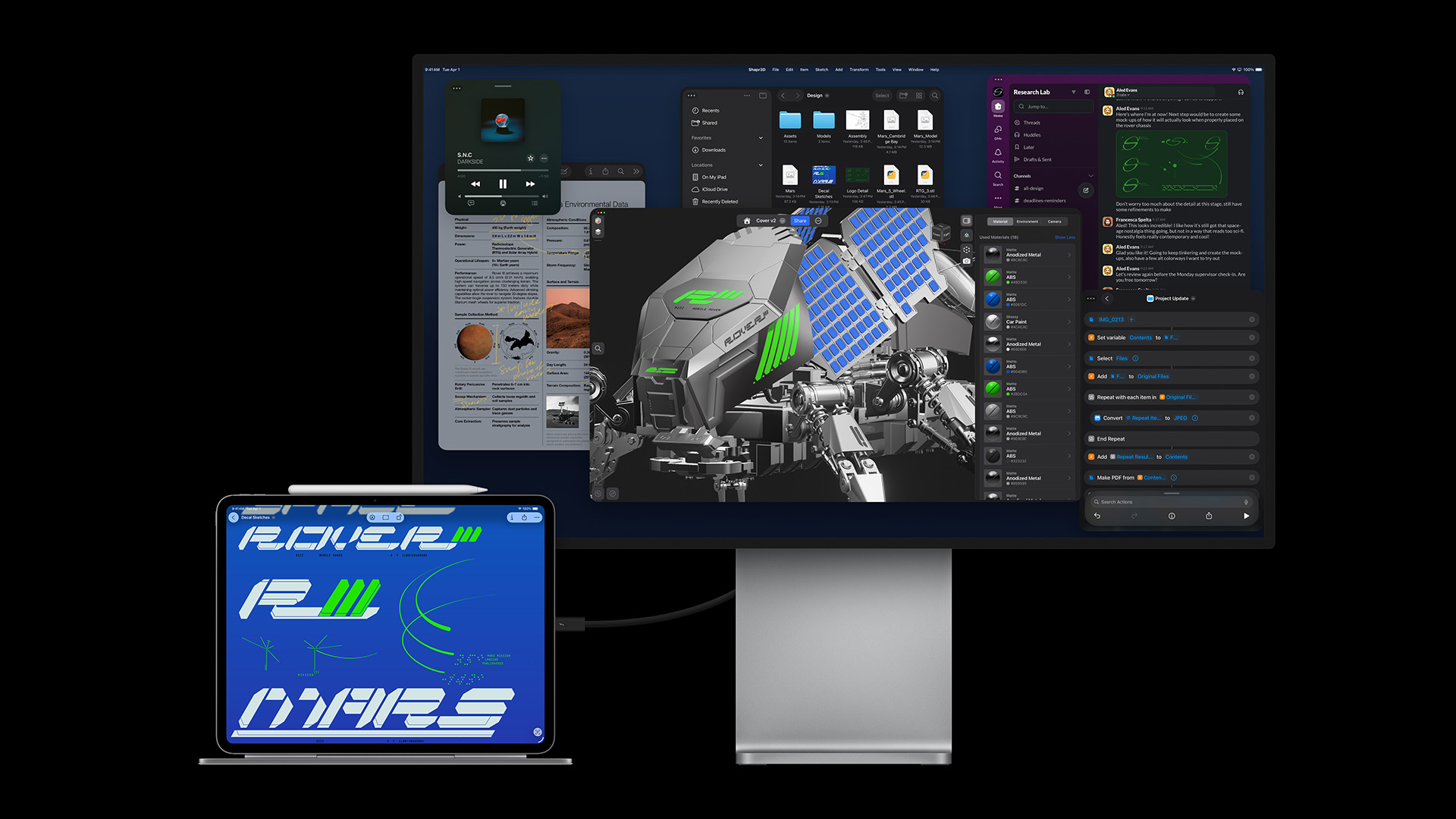
Apple iPad Pro M5 with external display
iPadOS 26
This year, iPadOS 26 promised to make the iPad experience feel even more Mac-like, and it really does. The big change is the ability to resize windows by dragging the corner of the box, allowing you to overlay windows and rearrange to exactly how you want them. It’s a little bit of chaos in an otherwise very ordered operating system and does feel more like MacOS.
The new liquid glass design helps keep the iPad screen looking cleaner too, with the transparent boxes on the settings menus, notifications and folders. The taskbar along the bottom of the screen looks every bit the Mac menu, though you can’t adjust its size in the same way. The iPad even has the app library which is looking much closer to the app folder on macOS 26.
Perhaps my favourite feature of the Mac operating systems is Universal Control. This allows you to use the same keyboard and mouse for multiple devices, and drag items from one screen to another. In practice, what this means is that when I place the iPad Pro on my desk, I can push the mouse pointer off the side of my desktop screen and have it appear on the iPad. Then I can use the mouse to control the iPad, or drag files between the two. It’s a seamless integration, without the need for wires or separate apps.
While in the most part, iPadOS 26 does everything you need it to, whether using the iPad Pro as a tablet or as a laptop replacement, there are times when it can be restrictive. The operating system is still based on the iOS platform, and therefore, the apps are often more catered towards a mobile operation than a desktop one. Anyone who has used Adobe Photoshop on iPad will know what I mean.
On the gaming side, there’s also the fact that you can’t run Steam games directly on the iPad without streaming from another machine. This is despite the fact that the M5 version of the MacBook Pro runs Steam really well.

Accessories
The iPad Pro on its own feels like a regular tablet – albeit a large, thin and extremely premium one. By adding accessories, however, it gains extra features that take it beyond a tablet. The first of which has to be the Apple Pencil.
The iPad Pro is compatible with both the Apple Pencil USB-C and the more expensive Apple Pencil Pro. The Pro model gives you added features such as the barrel roll to change the angle of the brush, pressure sensitivity, haptic feedback, a selection menu and magnetic charging via the iPad. The magnetic charging is a big benefit as it just snaps onto the long side of the iPad to charge, and keeps the Pencil safe and secure, so you don’t lose it.
The other main accessory is the Magic Keyboard. This probably has the biggest change in how you use your iPad, as with it, it becomes more laptop-like. The Magic keyboard is a case and keyboard in one, and the latest model feels just like typing on a regular Apple laptop keyboard, and has a decent-sized trackpad on it, too. It’s not quite as big a trackpad as on a MacBook, but as you have a touchscreen here, you don’t really need it that often.
If you plan to use your iPad Pro as you would a laptop, the Magic Keyboard is an essential addition. I’ve found with the iPads I’ve used over the last couple of years, I rarely take them out of the Magic Keyboard case. The exception being the iPad mini.
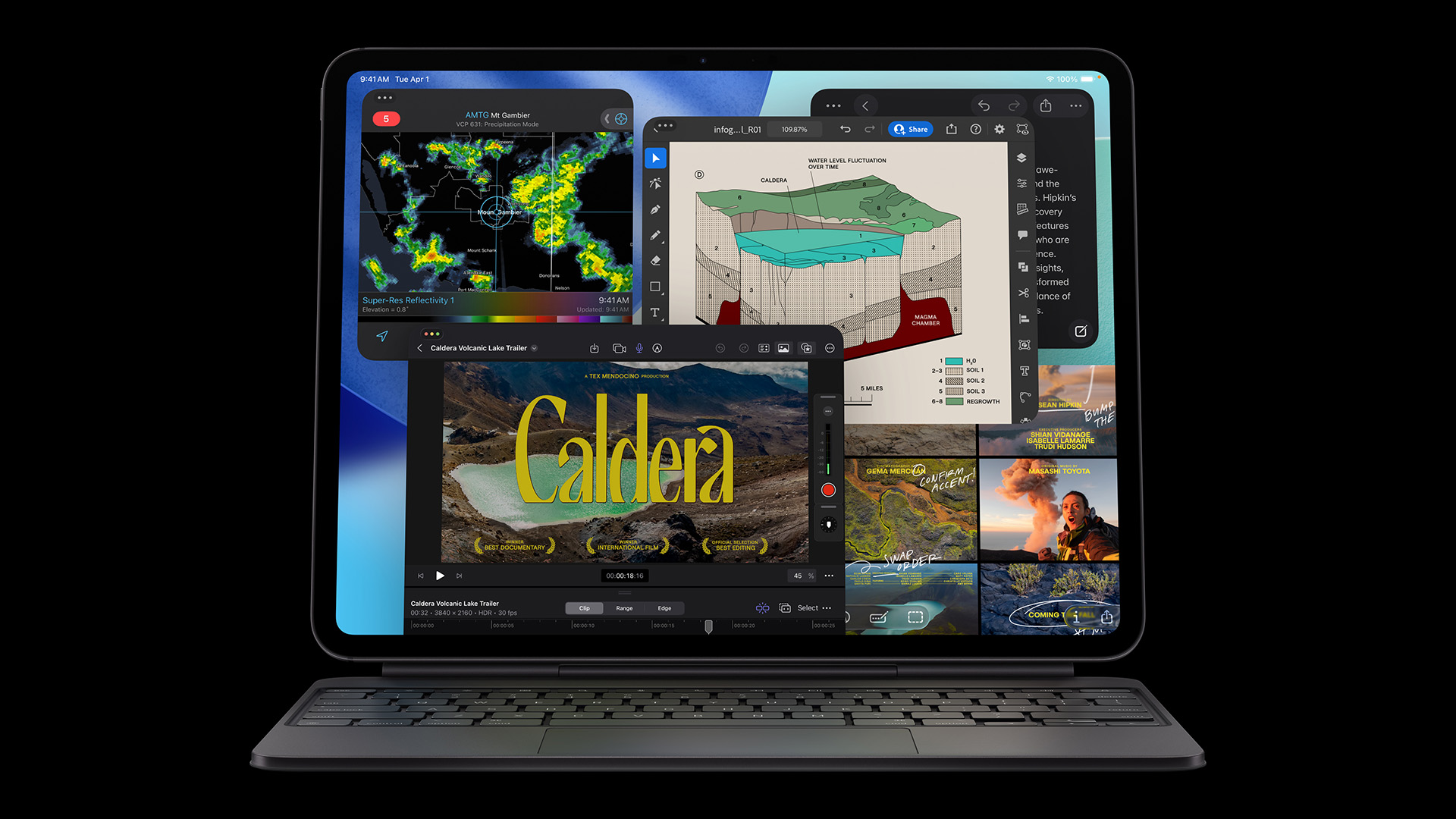
Should I buy the iPad Pro M5?
The iPad Pro M5 is the most powerful iPad you can buy. It’s also far more powerful than most laptops on the market, while being considerably smaller and lighter than most. Much like some of the MacBook Pro models, it probably has more power than you need from a tablet, but if you really want the best, this is it.
As I said at the start of this review, it’s unfair to think of the iPad Pro as a MacBook alternative, as they have different skills. It’s completely conceivable that someone may want to own both an iPad Pro and a MacBook Pro but use them for slightly different purposes.
There are certainly times now when I would travel with just an iPad Pro in place of my laptop, knowing that it’s more than powerful enough to handle anything I need. Its size and weight also make it easier to travel with, especially when you take it out of the case – it’s impressively thin and light.
Despite big steps in the operating system, iPadOS 26 still limits the potential of the iPad Pro. I really would love to see a time when Mac apps could be used on these powerful M silicone iPads, in the same way that iOS apps can now be used on Macs. I don’t believe doing this would kill the MacBook Air, as it’s still a different proposition, but it would make the iPad more appealing.
For now, though, there’s no doubt in my mind that this is the very best tablet on the market, and it would take a lot to beat.

As T3's Editor-in-Chief, Mat Gallagher has his finger on the pulse for the latest advances in technology. He has written about technology since 2003 and after stints in Beijing, Hong Kong and Chicago is now based in the UK. He’s a true lover of gadgets, but especially anything that involves cameras, Apple, electric cars, musical instruments or travel.
You must confirm your public display name before commenting
Please logout and then login again, you will then be prompted to enter your display name.